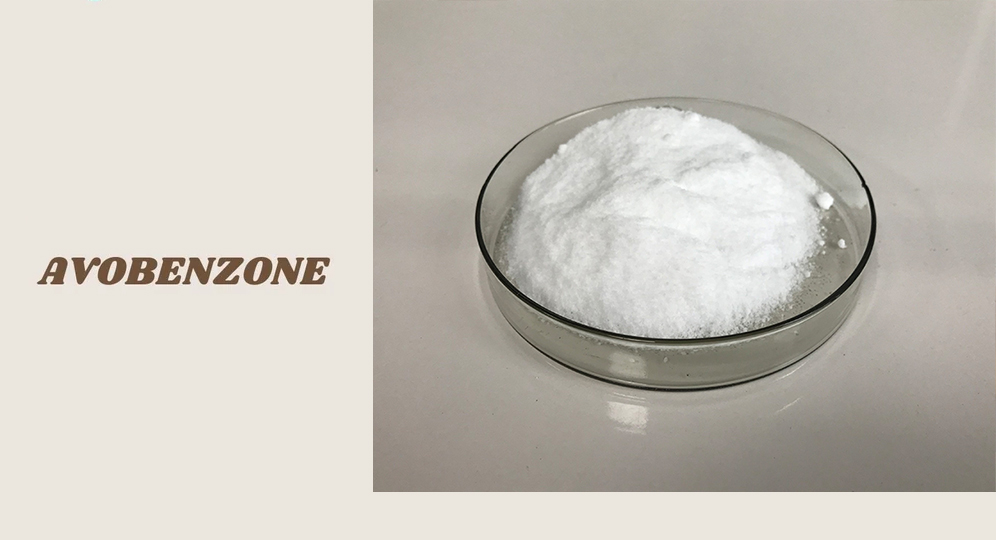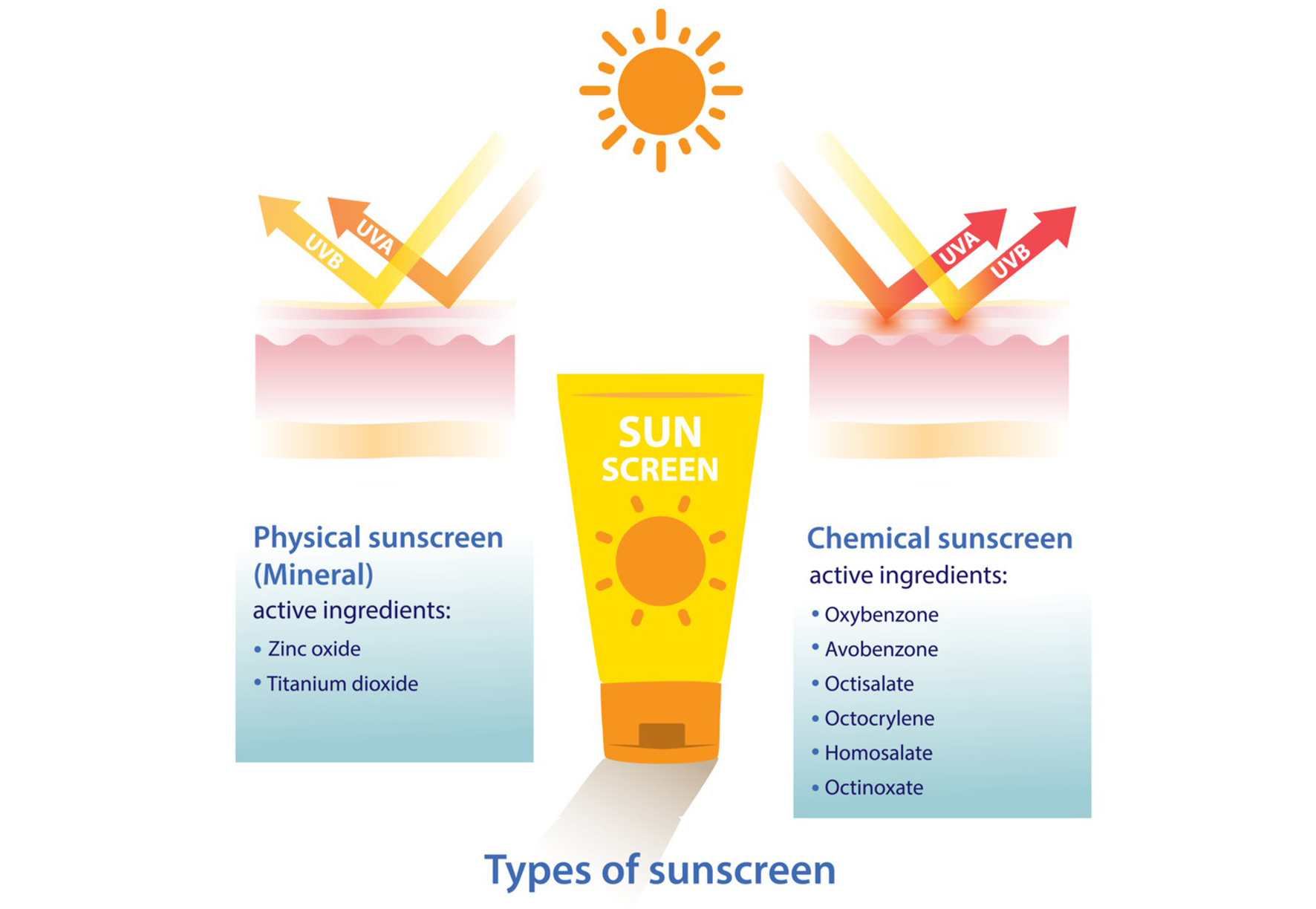Avobenzone is a broad-spectrum sunscreen agent known for its ability to absorb UVA radiation. It works by absorbing the ultraviolet (UV) light in the range of 320 to 400 nm, protecting skin from UVA rays that can cause skin aging and cancer. The interaction of avobenzone with other components in a formulation is primarily related to its stability and how well it works with other sunscreen agents.
Here are some key points about its interactions:
- Stability Issues: Avobenzone can degrade when exposed to sunlight, which diminishes its effectiveness. To improve its stability, it is often combined with other ingredients that stabilize it, such as antioxidants (e.g., vitamin E) or other photostabilizers (e.g., octocrylene). This is why you often see avobenzone paired with these ingredients in sunscreens.
- Synergy with Other Sunscreen Agents: Avobenzone is often combined with other UV filters like octinoxate, homosalate, and octocrylene to broaden the spectrum of UV protection. These ingredients help protect against both UVA and UVB rays, while avobenzone mainly targets UVA. The synergy of these ingredients can enhance the overall effectiveness of the sunscreen.

- Potential for Chemical Interactions: Some ingredients in skin care products, particularly those with a low pH or certain solvents, can potentially affect the performance of avobenzone. For example, certain acids or bases could alter the pH balance of the sunscreen, leading to degradation of avobenzone. It’s also important that the formulation does not include high concentrations of alcohol, which could destabilize avobenzone.
- Physical vs. Chemical Sunscreens: Avobenzone is a chemical sunscreen agent. If combined with physical sunscreens (like zinc oxide or titanium dioxide), there’s generally no negative interaction, but the overall sunscreen effect may be more broad-spectrum and longer-lasting due to the combination of both types of filters. However, physical sunscreens usually don’t interfere with avobenzone’s activity.
To maintain optimal effectiveness, it’s important to use a formulation that has been tested for stability and is designed to work with avobenzone’s particular chemical properties. Would you like more information on any of these aspects?
Is Avobenzone suitable for use with Vitamin C skin care products?
Yes, avobenzone is generally considered safe to use with vitamin C (ascorbic acid) in skincare. Both ingredients serve different functions—avobenzone is a broad-spectrum sunscreen agent that helps protect the skin from UVA rays, while vitamin C is an antioxidant that can help brighten the skin and fight free radicals.
There isn’t much evidence to suggest that using them together would cause any issues. However, since vitamin C can be unstable in certain conditions (especially when exposed to light or air), it’s important to store it properly and apply products with vitamin C before sunscreen.

It’s always a good idea to patch-test new combinations to ensure your skin doesn’t have any adverse reactions, but as a general rule, they can work well together when used in the right order—vitamin C serum first, then sunscreen with avobenzone.
Are you trying to build a new skincare routine or just curious about mixing ingredients?
